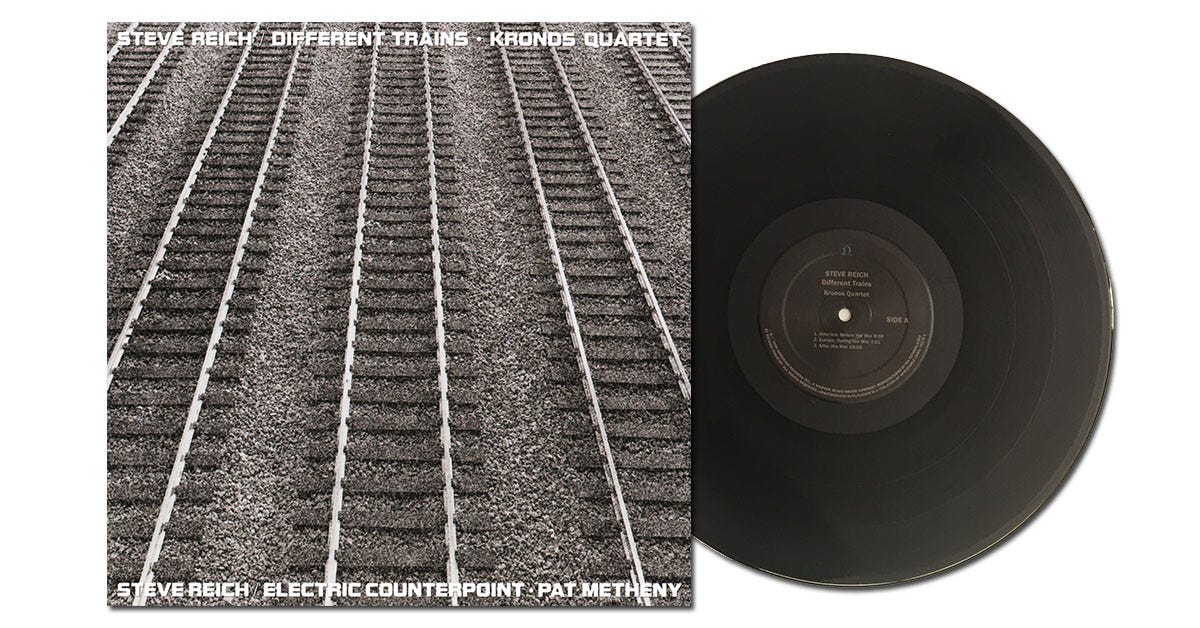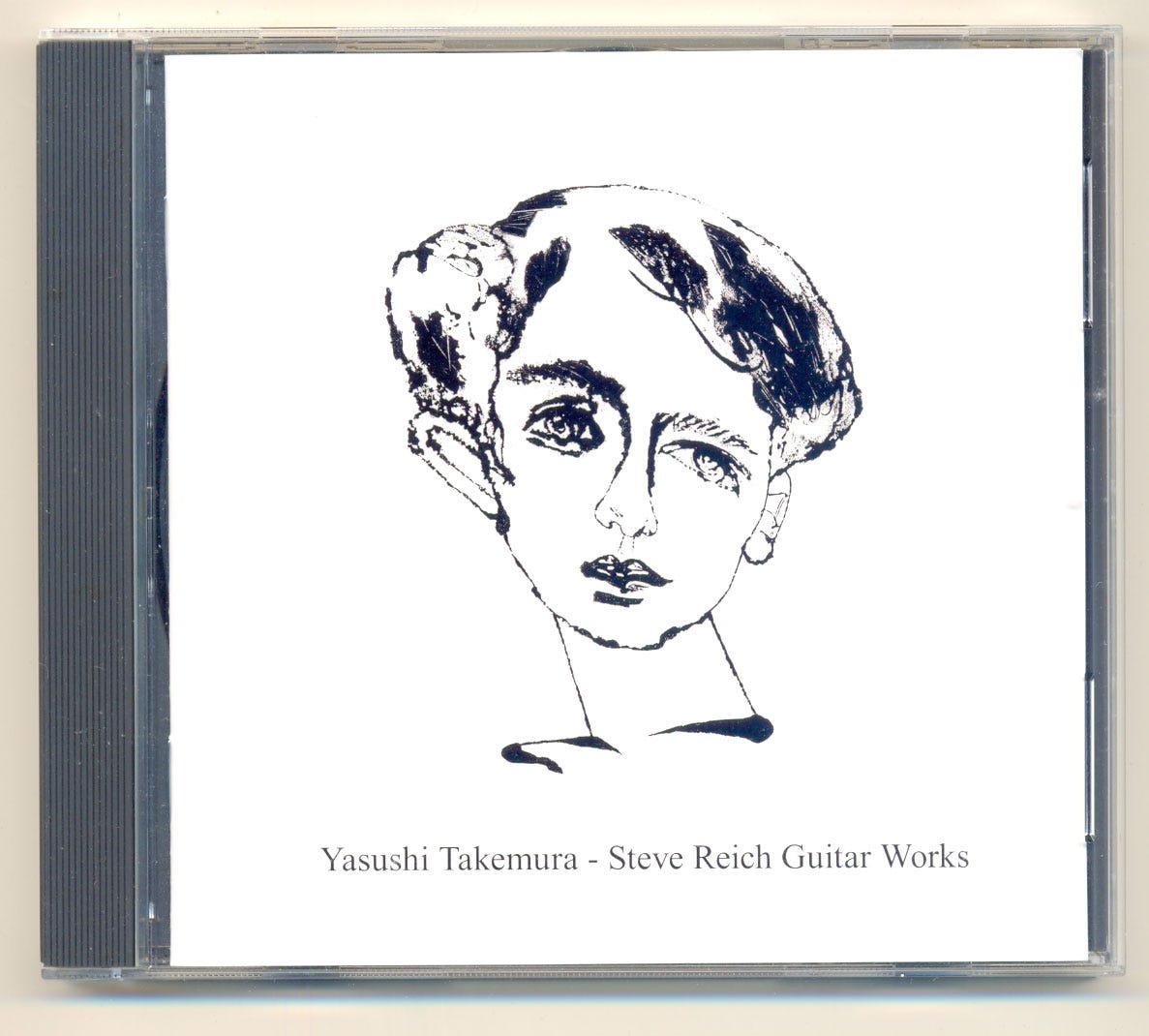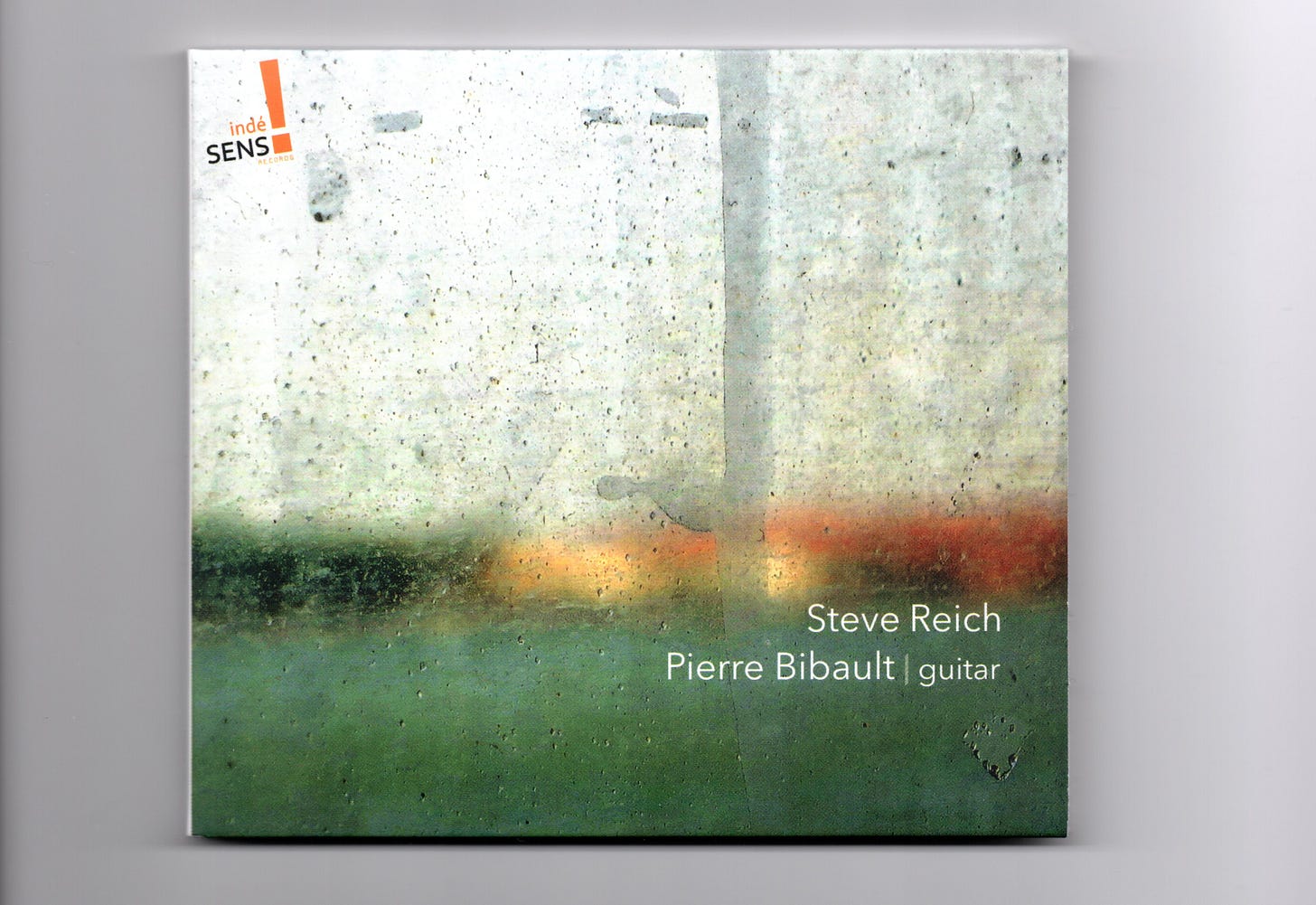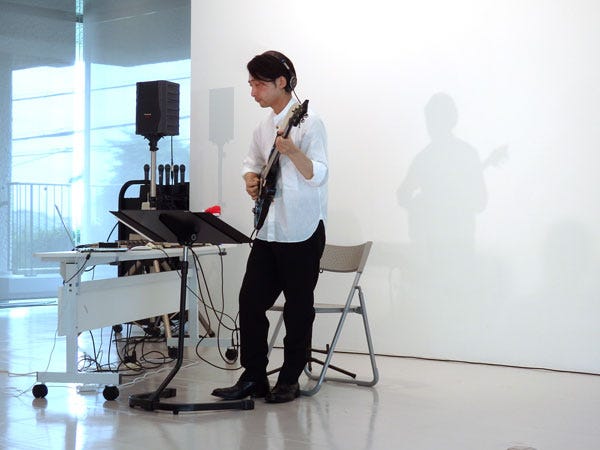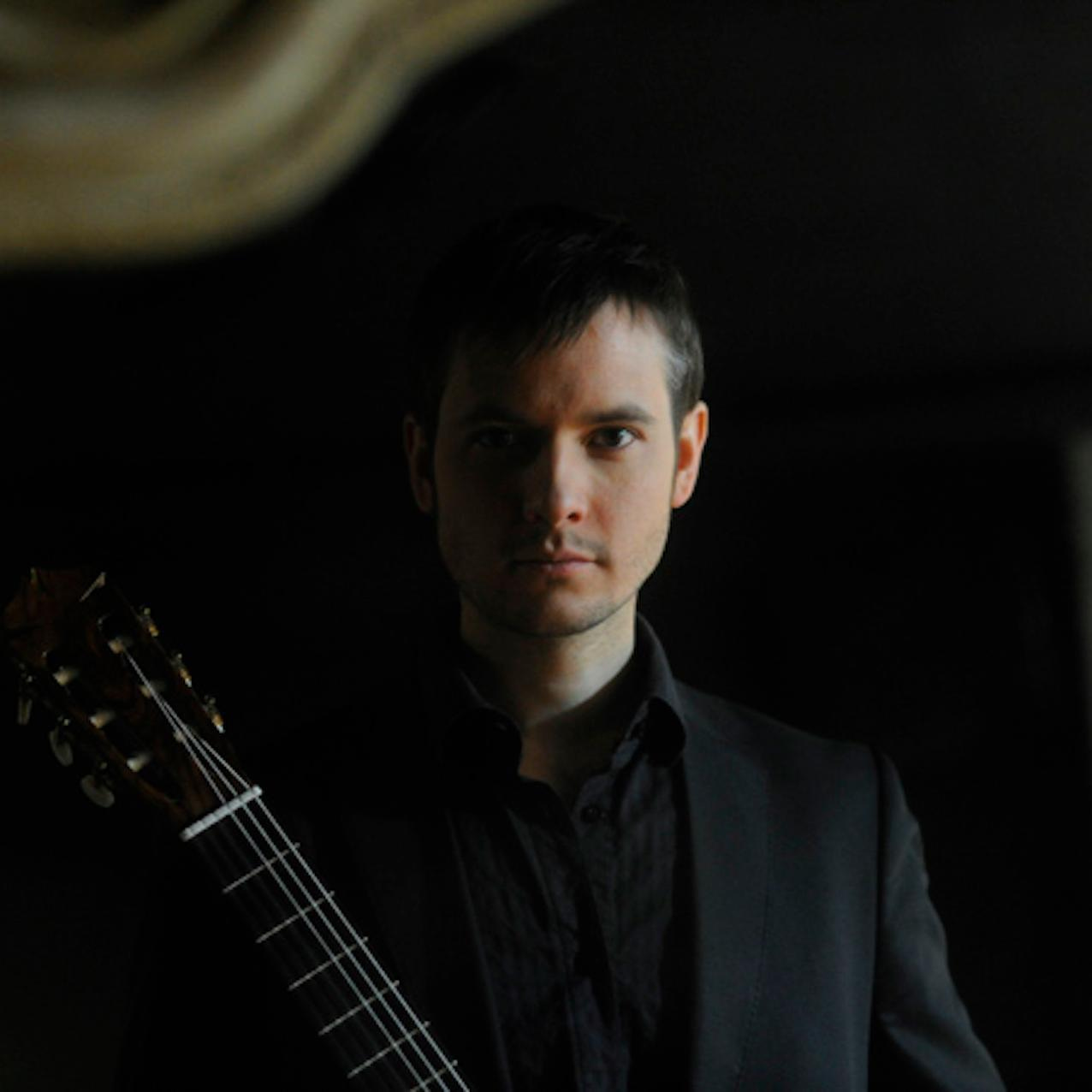Neuguitars 2024 #8: Steve Reich's Guitar Music by Yasushi Takemura, Pierre Bibault and Santiago Quintans
more guitar music by Steve Reich
A bit of history for you. Steve Reich has long been regarded as one of the most important American composers of the late twentieth century. Personally I believe that his personal stylistic signature is due to the incredible ability with which he managed to dismantle the cemented foundations of Western culture, rebuilding them in surprisingly innovative ways. Drawing on aspects of African, Balinese, Yemeni and Jewish sound, he has managed to shape new musical patterns that have pushed Western music forward. After collaborating with Terry-Riley in C, Reich moved on to recorders and invented a phase-shifting technique that not only influenced the work of Brian Eno, but also had an effect on black rap music and the Ambient House movement led by The Orb. In a genuinely personal style, Reich managed to synthesize aspects of eighteenth-century classical music, Debussy, twentieth-century jazz, ethnic and ritual music, and the happy musical accidents that occur when using electronic technologies such as tape and digital samplers .
Looking at Reich's life, it seems clear to me that, for him, music and personal experience are one and the same thing. His fierce commitment to creativity is highlighted in the Vermont period of the 1980s, which produced “Vermont Counterpoint” (1982), “New York Counterpoint Sextet” (1985), “Three Movements” (1986), “Six Marimbas” (1986), “Electric Counterpoint” ( 1987), “Four Sections” (1987) and “Different Trains” (1988). The Counterpoint Series and “Six Marimbas” saw Reich's return to trance elements in his music. “Electric Counterpoint”, in particular, became a decidedly famous piece, also thanks to the masterful interpretation of jazz guitarist Pat Metheny.
A modern counterpoint based on ten guitar parts and two bass parts pre-recorded on tape, on which Metheny played an eleventh guitar part. This composition had the effect of broadening the listening base of this composer's music, also arousing the interest of the best DJs: in 1990, The Orb had used some samplers of the third movement in their song Little Fluffy Clouds.
These quotes, actually unauthorized by the author, created some initial legal disagreements which were later resolved amicably. The Norwegian duo Röyksopp also remixed the third movement, creating two versions: "True to Original Edit" and "Milde Salve."
If “Electric Counterpoint” is practically the icon par excellence of contemporary guitar music, the rest of Reich's music for solo guitar is derived from transcriptions of his other pieces. However, the intrinsic qualities of his music, or rather, the characteristics of the musical processes adopted by Reich, often allow an interesting transposition also for other instruments, such as the electric guitar. Furthermore, so far I have only found two CDs entirely and exclusively dedicated to his guitar music.
The first CD is the work of the Japanese guitarist Yasushi Takemura, who on this CD plays three different compositions: “Music for Pieces of Wood”, “Nagoya Guitars” and the three movements of “Electric Counterpoint”. Titled “Yasushi Takemura – Steve Reich Guitar Works” it was released in 2014 for miru records. The second CD is the work of Santiago Quintans, “Steve Reich Anniversary Guitars Hero by Santiago Quintans”, produced in 2021 for Megadisc Classic.
The third CD is "Steve Reich" by Pierre Bibault, released by Music Aquare, again in 2021 and with two versions of “Electric Counterpoint”, “Nagoya Guitars” and “Electric Guitars Phase”. In 2021 Reich turned 85.
“Music for Pieces of Wood”, is a great example of how something very interesting can be made with simple basic elements, it's like looking inside a kaleidoscope: you establish a pattern, then it moves as if with a click of the kaleidoscope. There are 58 different patterns within a time period of approximately 10 minutes. Three general sections comprise the overall form, in which each section employs a progression to build and add a certain musical density and is connected to its neighboring section by the underlying quarter note intended by the first performer. Takemura plays his guitar using a “mute” technique that acts as an ideal connection between the guitar and the percussion used in the original score.
Steve Reich wrote the opera “Nagoya Marimbas” in response to a commission from the Nagoya College of Music in Japan. When composer Aaron Jay Kernis heard this work, he pointed out to his friend David Tannenbaum that it could be adapted to a transcription for guitar. Tannenbaum agreed, and completed the transcription, in consultation with Reich. “Nagoya Guitars” is a completely minimalist work: it begins with a flicker, mostly descending towards the bass theme, and, after many chordal movements based on incessant movement, finally ends on a similar theme, but ascending in a much higher register. All the best characteristics of Reich's minimalism are here: the tension created by repetition, the unstoppable movement that gives momentum to the piece, and the development of the theme, managed little by little, that seems inevitable and perfect to the listener. Those who love minimalism will find this work very interesting. While Quintans highlights the melody and while Takemura adds something else: he performs a “funkier” version with his electric guitar, adding even more movement to Reich's process.
In 2001 the album “Steve Reich Triple Quartet” was released by the eternal Kronos Quartet and other artists, including the New York guitarist Dominic Frasca who, in the role of interpreter, arranger and producer, created “Electric Guitar Phase”, one of the "phase pieces” by Reich, an arrangement for electric guitar and tape (or for four guitars) of the song “Violin Phase” from 1967. A perfectly successful operation: “Electric Guitar Phase” sounds like a totally new and bewitching piece in its energetic electric charge, with the guitars that slowly slide into phase shifting so that the lead guitar finds itself eight notes ahead of the tape or the others. Compared to the original version, the use of the electric guitar greatly highlights these progressive rhythmic and chromatic changes due to the more rhythmic attack compared to the violin. Quintans accentuates these elements by creating a version where the guitar becomes a sound object that moves in space and time.
All these CDs could not miss the three movements of "Electric Counterpoint". All guitarists play it very well and I have to say that I like the energy they put into this music and into their guitar playing. Maybe Takemura's performances can't be considered perfectly academic versions due to his funky streak, but I don't think that really matters. “Yasushi Takemura – Steve Reich Guitar Works”, “Steve Reich” by Pierre Bibault and “Steve Reich Anniversary Guitars Hero by Santiago Quintans” are three excellent CDs and should not be missed in the disco of both Reich enthusiasts and those who love contemporary guitar. Highly recommended.
Yasushi Takemura
yasushi takemura – Yasushi Takemura Official Site | タケムラヤスシオフィシャルサイト
Takemura studied classical guitar under Takayuki Matsui, Masakazu Tokutake and Norio Sato (Ensemble NOMAD) and jazz guitar under Mitsugu Iwamoto. He also took a classical guitar master class from Oscar Ghiglia in Gargnano, Italy. Hegraduated from Elisabeth University of Music, Hiroshima as a classical guitar major and completed a research course at the same university. As a musical ambassador uniting Hiroshima and India, he performed concerts in both places. He is usually involved in playing classical guitar music and set up the ensemble “TOY” which performs mainly modern music including free improvisation. He uses a computer and guitar to compose music and as a laptop DJ I make house and techno music.After He became a finalist of Date fm (NEW side)’s FreeTEMPO remix competition, he was signed to Forestnauts Records as a composer, arranger and guitarist. He joined a unit called “Weekenders” who create mainly dance music and released an album.This release, featuring the vocalists; blanc. (Maynard Plant/ MONKEY MAJIK) and Lori Fine (COLDFEET), was well received among the musical community and was also released in Korea. He started his solo activities in 2010 and the song on which he was an arranger:“FLOWER SHOWER” by cargo×seira, was no 2 on the iTunes download chart. In addition all of the other tracks that he was involved with were also high up in the iTunes download chart.I currently supply music for NHK’s “Dorakurowa”. Nihon T.V’s “Za! Tetsuwan Dash” and other programs. In addition he is expanding his activities in the club music scene by collaborating with Tomoyuki Tanaka (Fantastic Plastic Machine) and Maynard Plant (MONKEY MAJIK). His dance music incorporates a variety of different styles including traditional/folk music, and is recognized and appreciated internationally as well as in Japan. He released “Steve Reich Guitar Works” in 2015, performing that recording with Electric guitar. In recent years, his main activity has been playing guitar.
Pierre Bibault
Pierre Bibault – Guitar.s Performer
Pierre Bibault is a multifaceted classical and electric guitarist, performer and artistic researcher. A classical trained musician both as a Soloist and in Chamber Music, he is specialized in Contemporary Classical Music. He has performed in more than 25 countries, and in many prestigious venues: Radio France, Paris Philharmonie, Los Angeles Walt Disney Hall, Wien Musikverein, Hamburg Elbphilharmonie, London Wigmore Hall, Munich Prinzregententheater, Brussels Flagey, Montreal Salle Bourgie, Gent De Bijloke, among others. As a soloist, his performances introduce the audience to a unique sound universe, where instruments meet new technologies, offering a wide variety of repertoire: from written music to improvisations, with the use of electronics installations, real-time sound transformations, samplers, loopers and computers.
In 2021 Pierre Bibault released the first recording of the complete works for electric guitar by American minimalist composer Steve Reich (1936-) — who himself validated the program of the disc. Acclaimed by the radio and press media, the album was also selected by the Official Steve Reich Social Media Accounts in the playlist “Essential Steve Reich”. The disc has now reached more than 200.000 play on the streaming platforms. Currently based in Boston, MA, where he devotes himself to his artistic career, Pierre Bibault is a former Professor of the Paris Conservatories, and a former Teacher-Researcher of the Brussels Royal Conservatory (KCB). He is regularly invited to give Masterclasses and Conferences worldwide.
Santiago Quintans
Santiago Quintans (santiquintans.com)
Santiago Quintans – Minimalismore
Santiago Quintans is a composer/guitarist active in the fields of contemporary music and Jazz. His music and research focus on the relationship between the electric guitar, improvisation, and new digital tools of sound transformation. His work evokes a new conception of musical materials based on the formal properties of sound masses and their motion in a given space. Coming from a Jazz/improvisational background, the relationship between body gestures and musical structure is at the core of his compositional approach. A native of Vigo, Spain (1975), Santiago holds a Bachelor’s Degree in Jazz Guitar and a Master’s Degree from the University of Miami (USA) as well as a Master’s Degree in Musicology (focusing on the digital treatment of the electric guitar) from Université Paris 8 (France). In 2004 he moves to Paris and becomes an active member of the new music/improvisation scene. He has written music for contemporary music ensembles, dance companies and as a performer he has worked with some of today’s leading figures in Jazz and contemporary music (Kenny Wheeler, Tony Malaby, Paul Rogers, Maria Schneider, Daniel Humair). He has performed emblematic pieces such as Steve Reich’s Electric Counterpoint, orchestral contemporary works such as Peter Eötvös "Seven" and has appeared internationally in Festivals such as Europa Jazz, Montreux or Imaxinasons. His research work on the electric guitar has been widely published (Journal of Interdisciplinary Music Studies (JIMS), Appareil, Espacio Sonoro), and he’s often invited to give lectures in Europe and America. He’s a Jazz faculty member at the Conservatoire Nationale de Musique et Danse de Paris, in Paris.





